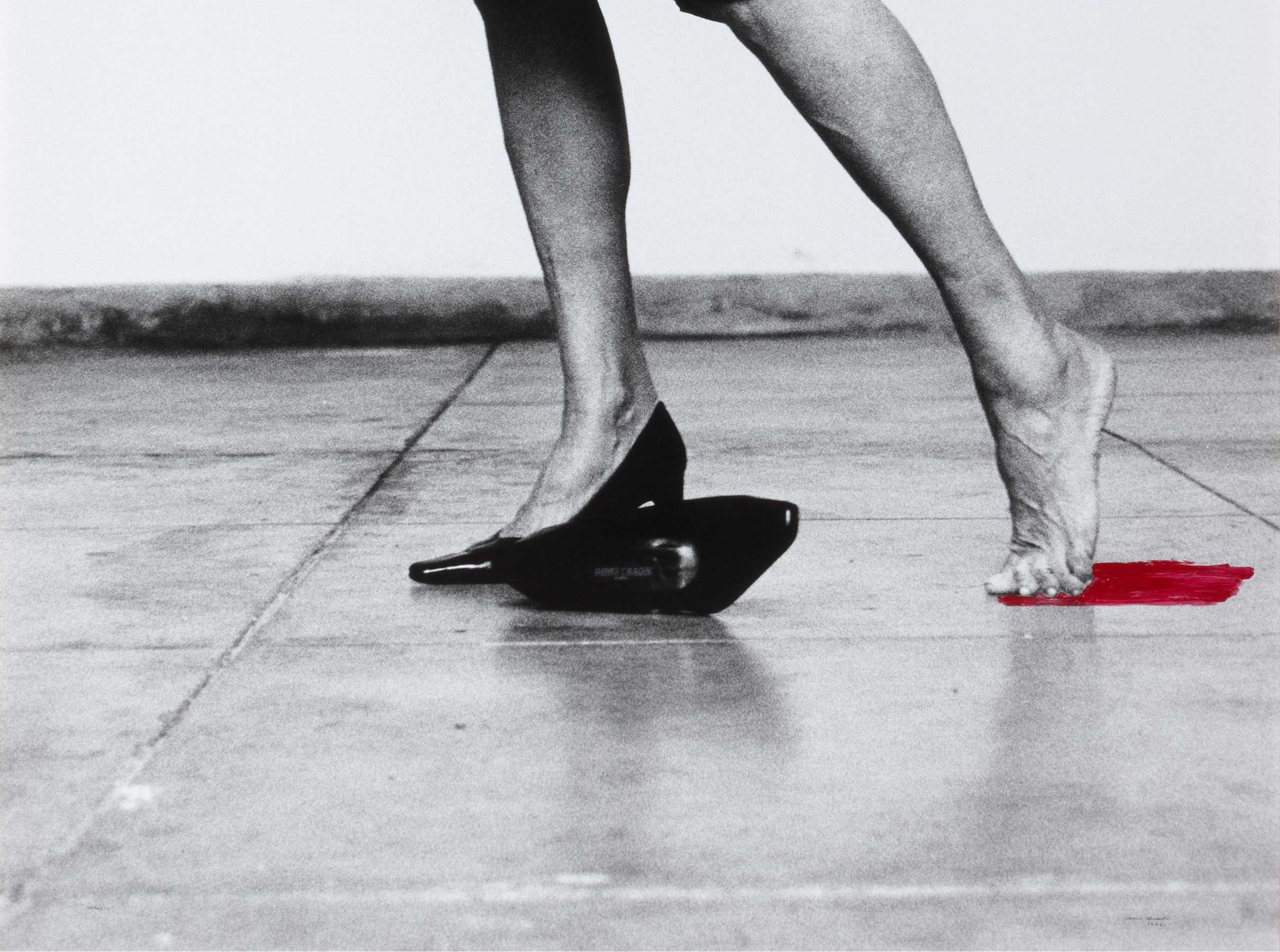Habitaciones no exactas [Inexact Rooms]
- 1993
- Photographic copy (Ektachrome)
- 197 Ø cm
- Edition Única
- Cat. F_9_1
- Acquired in 1994
In 1989, Pep Agut unveiled his Exact Rooms series in Barcelona. These were colour photographs in which he captured specific domestic scenes in the same contemporary space, but conceived as Renaissance paintings. In 1992, the artist included this diptych, Inexact Rooms, as a self-imposed replica in his project for the ‘Aperto’ section of the 65th Venice Biennale, curated by Achille Bonito Oliva. The works by Agut are based on an exploration of identity, double or split personality and the problems of the representation and observation of art. That motive can be seen more clearly in these two identical photographs of one of his Small Rooms (1991-1995), fully tiled rooms in a circular format here like two eyes whose respective irises serve as vanishing points.
In his text for the catalogue of the Biennale, José Luis Brea called this work by Agut an “allegory of vision” which also implies an “allegory of blindness”. In that same way, there is a play between the observer and the observed, between the artist’s ‘I’ and the ‘you’ that seems to be captured by these spaces that open up to the viewer’s gaze as dark mirrors that question anyone who stands in their powerful presence, with their large size and apparent promise of reflection. The viewer, in turn, finds their gaze negated because those spaces offer neither objects that can be grasped nor narratives to be deciphered. The outcome is a frustrated fantasy exacerbated by the perspective of a tiled floor whose questionable solidity accentuates the feeling of instability. In that regard, even though the scene may recall the relaxing spaces found in paintings from the quattrocento, with lines converging at the small open window in the background, it actually becomes a negation of that illusionist pictorial tradition and rather offers an “uncozy” and disturbing space of a blind image. According to Agut, these rooms express “a metaphorical extension of wanting to see ourselves represented but not being able to understand ourselves with the aid of just an image.” It is worth noting that Agut showed these works in Venice accompanied by empty methacrylate display cases supported by blank canvases, like a three-dimensional echo of that negation of the image.
Other works by Pep Agut
